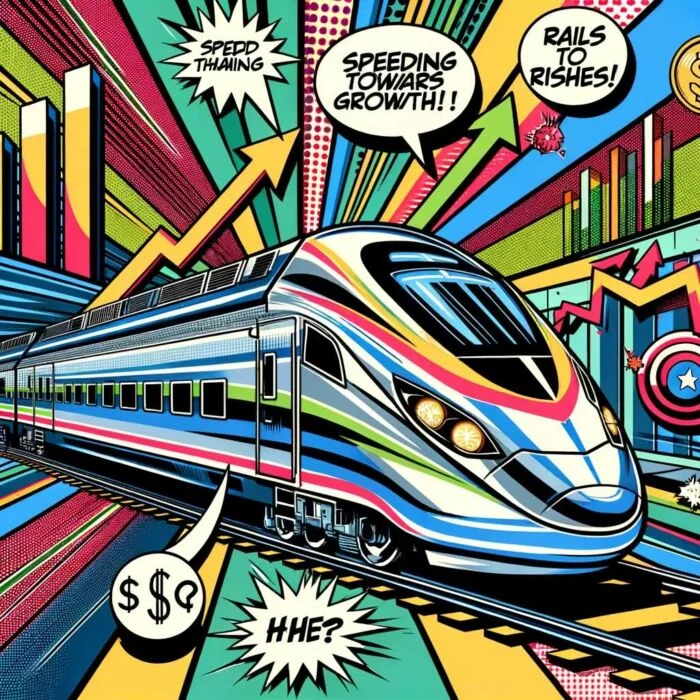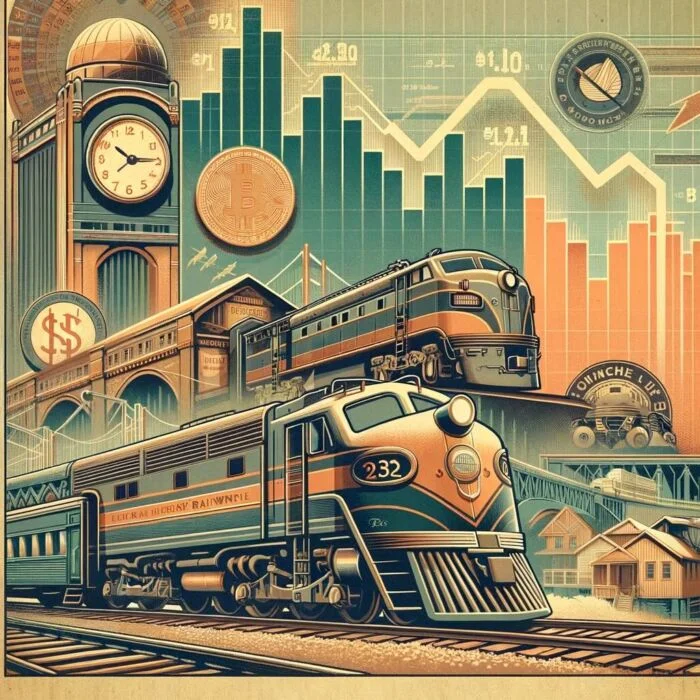Strategic Analysis of Rail Market Dynamics
The modern railway industry operates within a complex ecosystem of regulatory frameworks, technological innovations, and evolving market demands. Understanding these dynamics is crucial for making informed investment decisions and identifying emerging opportunities in the rail sector.
Market analysis reveals that railway companies with diversified revenue streams, including freight hauling, passenger services, and real estate development, tend to outperform single-focus operators. The integration of digital technologies, predictive maintenance systems, and automated operations significantly impacts operational efficiency and profitability metrics.
Environmental regulations and sustainability initiatives are reshaping the railway landscape, creating opportunities for companies that invest in clean technologies and energy-efficient operations. The shift toward intermodal transportation solutions positions rail operators as key players in the broader logistics ecosystem.




